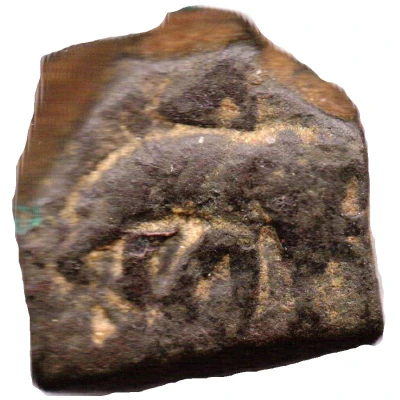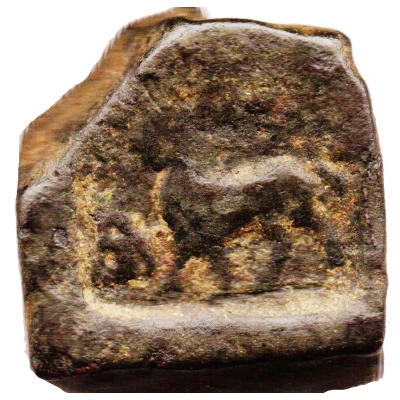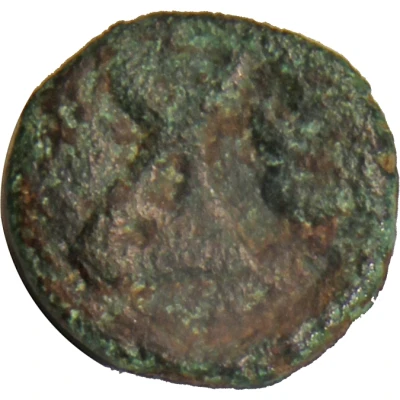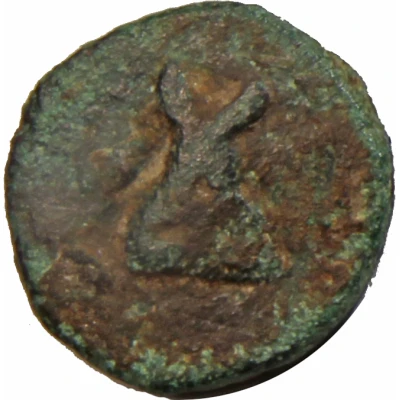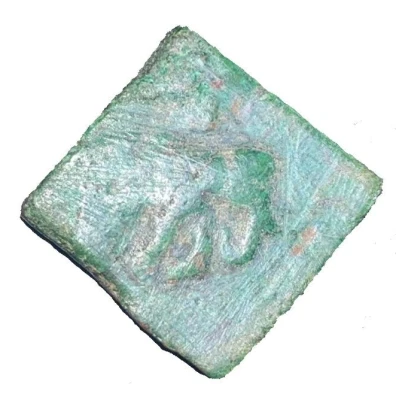
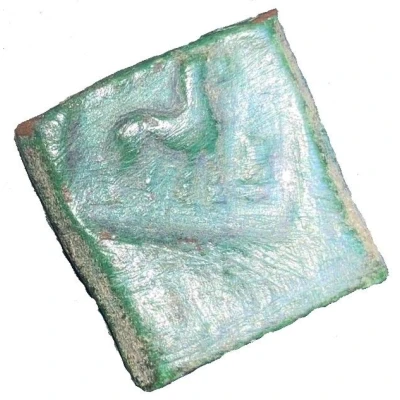

1½ Karshapan - Taxila 185 BC - 168 BC
| Copper | 11.5 g | - |
| Issuer | City of Taxila (Punjab region) |
|---|---|
| Type | Standard circulation coin |
| Years | 185 BC - 168 BC |
| Value | ½ Satamana (3⁄2) |
| Currency | Karshapan (320 BC to 160 BC) |
| Composition | Copper |
| Weight | 11.5 g |
| Size | 18 mm |
| Thickness | 4 mm |
| Shape | Square (irregular) |
| Orientation | Variable alignment ↺ |
| Demonetized | Yes |
| Updated | 2024-10-10 |
| Numista | N#302902 |
|---|---|
| Rarity index | 93% |
Reverse
Lion to right, svastika on top and three arched hill (chaitya symbol) with a crescent on top on right, all within incuse square.
Edge
Plain, irregular
Comment
Struck by anonymous ruler for the city of Taxila local coinage. This coin is a variant of AICR# 1078 (Elephant to right / Lion to left, which is far more common). On the Catalogue of Indian coins in the British museum Coins of Ancient India by John Allan, this type is described and attributed as: Type Uninscribed, Class 2, Variant b (page 225). Pictures for Taxila coins are on plates XXXI to XXXIV, however no specific pictures for this variant are shown.The copper base unit, 1 Karshapan (or Karshapana), had a weight of about 7-8 grams.
The weight of this coin varies between 10 and 13 grams, and size from 17 to 22 mm, sometimes in a rectangular shape.
Interesting fact
The 1½ Karshapan coin from Taxila (Punjab region) made of Copper weighing 11.5g has an interesting fact that it was used as a mode of exchange during the reign of King Azes II, who ruled the region during 185 BC - 168 BC. It was a standard circulation coin during that time and was used for various transactions, showcasing the advanced economic system of the region.
